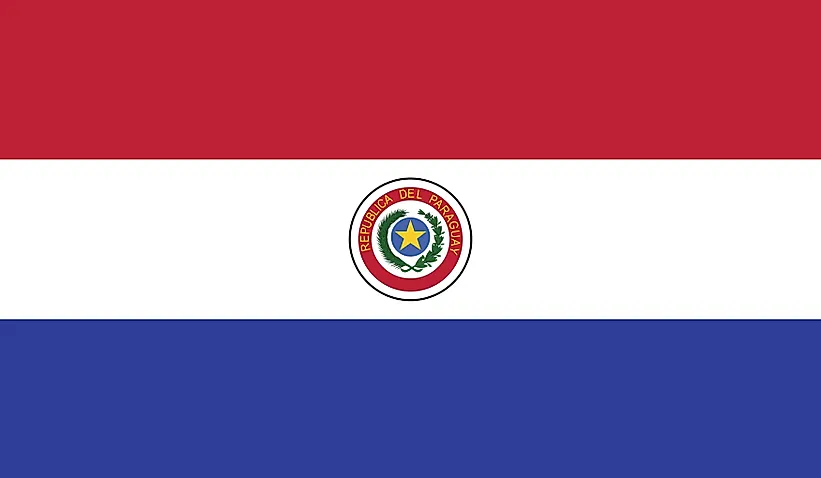
Paraguay
| Continent | Americas |
| Capital | Asuncion |
| Population | 6,862,812 |
| GDP | $64.67 Billion |
| GDP per Capita | $9,500 |
| Dialing Code | +595 |
| ISO Code (2-letter) | PY |
| ISO Code (3-letter) | PRY |
Paraguay Landscapes






About Paraguay
Welcome to Paraguay, a nation where tradition meets modernity in unique harmony. With approximately 7.1 million people occupying 406,752 square kilometers, Paraguay combines remarkable cultural resilience with natural diversity, standing as one of South America’s most distinctive nations.
Geographic Features and Natural Beauty
Paraguay’s geography encompasses two distinct regions divided by the Paraguay River: the eastern region with its Atlantic Forest and rolling hills, and the western Chaco with its semi-arid plains and wetlands.
The landscape includes the expansive Chaco wilderness, the Ybycuí National Park, and the Monday Falls. The country’s varied ecosystems support diverse wildlife and plant species unique to the region.
Protected areas include numerous national parks and reserves protecting the distinctive Chaco ecosystem and remaining Atlantic Forest. The country’s commitment to environmental protection focuses on preserving its unique biodiversity.
Cultural Heritage and Traditions
Paraguayan culture represents a unique blend of indigenous Guaraní and Spanish colonial influences. The country’s heritage includes widespread bilingualism, with Guaraní recognized as an official language alongside Spanish.
Traditional arts include ñandutí lace-making, pottery, and distinctive folk music. Music traditions feature the Paraguayan harp and polka, while traditional dance remains an important cultural expression.
Paraguayan cuisine features unique dishes like sopa paraguaya (a corn bread), chipá (cheese bread), and tereré (cold mate tea). The tradition of extended family gatherings and sharing tereré remains central to social life.
Historical Journey
Paraguay’s history spans from indigenous Guaraní civilization through Spanish colonization to independence. The country’s unique path includes periods of isolation and significant conflicts.
Significant periods include Jesuit missions, independence in 1811, the devastating War of the Triple Alliance (1864-1870), and the Chaco War (1932-1935). The country’s resilience through these challenges has shaped its national character.
Modern Economic Landscape
Today’s Paraguayan economy combines hydroelectric power generation with agriculture and cattle ranching. The country is one of the world’s largest exporters of soybeans and renewable energy.
Recent initiatives focus on infrastructure development, agricultural modernization, and digital innovation. Paraguay’s strategic location and abundant resources provide opportunities for continued growth.
International Relations and Global Position
Paraguay maintains active participation in regional organizations while fostering international trade partnerships. The country’s renewable energy resources and agricultural production extend its global influence.
Did You Know?
• Paraguay is one of the world’s largest exporters of renewable energy?
• The country has two official languages: Spanish and Guaraní?
• The Itaipu Dam is one of the world’s largest hydroelectric facilities?
• Paraguay’s Chaco region hosts some of South America’s most unique ecosystems?
Conclusion
Paraguay represents a unique combination of cultural preservation and economic development. From its vast Chaco wilderness to its modern cities, from its indigenous heritage to its renewable energy leadership, Paraguay continues to evolve while maintaining its distinctive character. As it addresses challenges including sustainable development and economic diversification, Paraguay remains committed to progress while preserving its unique cultural identity.